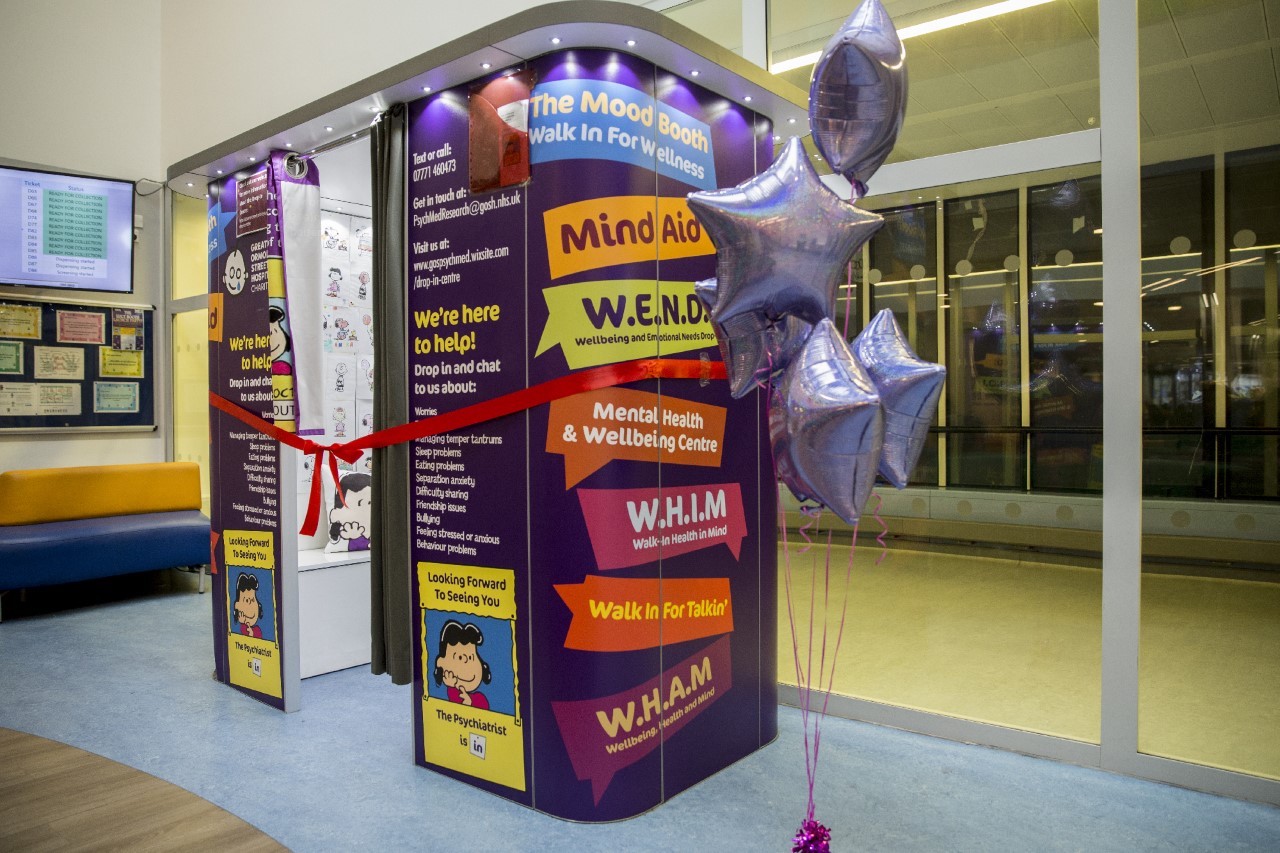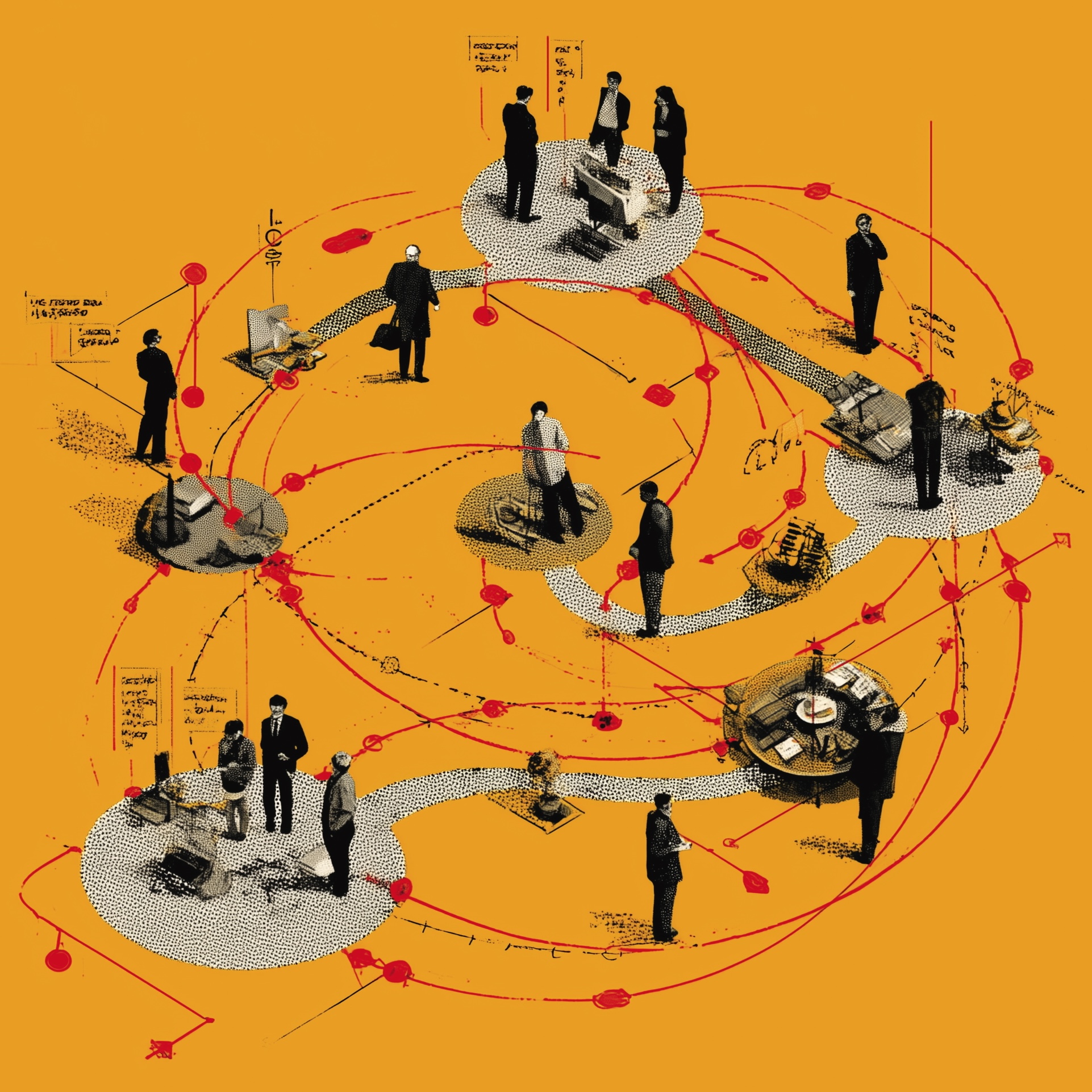Helping kids get support fast
A simple drop-in centre at Great Ormond Street hospital helped to cut through cumbersome referral processes and get young people the mental health support they needed. Matt Limb finds out how a low-intensity service can still have a big impact.

Young people being treated for long-term physical health conditions (LTCs), such as asthma diabetes and epilepsy, have greater mental health needs. Studies show they are more likely to develop co-morbid emotional and behavioural difficulties than the general population – as are their families (for example, see mip.social/overshadowing-study).
But many young people with LTCs are not being seen by existing child and adolescent mental health services (CAMHS) or face long waiting lists. As a result, their emotional and behavioural problems can worsen, negatively affecting their families, friendships, school attendance and physical wellbeing.
Isobel Heyman, honorary professor in child psychiatry at UCL Great Ormond Street Institute of Child Health (ICH), says: “It’s always struck me that children who were unlucky enough to have both sets of problems got a bit of a double whammy and a poor deal, because very often their physical health needs overshadowed their mental health needs.”
Heyman worked with clinical psychologist Roz Shafran to introduce and evaluate a novel self-referral approach to improving care for young people at London’s Great Ormond Street hospital (GOSH).
The ‘Lucy booth’
In 2018, the hospital opened a transdiagnostic mental health drop-in centre in its reception area so children and parents could talk informally about mental health problems. Patients could then choose to undergo an assessment and get quick access to a range of services. It was thought to be the first such centre at a children’s hospital in the UK.
Known as the ‘Lucy booth’ – after the Peanuts cartoon character who dispensed advice to her peers from a makeshift stand – the purple booth was designed to be noticed so as to attract children and parents attending appointments for physical health treatment.
“Parents and young people kept telling us they were so frustrated by the referral process into CAMHS in the community,” explains Heyman. “We wanted to try to get to their problems early in their trajectory, to try and prevent them getting worse.”
Open to anybody
Parents would often start the ball rolling, explains Matteo Catanzano, a research associate on the project. “We often had a volunteer member of staff at the booth and the young people sometimes would approach it and come in and have a look. We had pictures of Snoopy and colouring pens… so this facilitated engagement,” he says. “Then a parent might say, ‘Yes, actually my child does have tantrums or worries about separating.’”
The hub acted as a contact point and hub rather than a treatment centre. “People referred in would then be picked up by one of the therapy teams for appointments elsewhere in the hospital,” Heyman explains. “We were very flexible and open to anybody who wanted to contact us.”
Patients had initial assessments with a small team of psychological therapists under senior supervision. They were asked for details of the problem, past medical history, family history, and any current or past risk of self-harm. These initial assessments were then discussed at a triage meeting with a consultant child and adolescent psychiatrist.
Patients could then be offered treatment options, such as follow-up sessions by phone or in separate therapy rooms at the hospital, or signposting to online or other resources. Further interventions could include one-to-one and group therapy sessions, cognitive behavioural therapy, guided self-help and referral to external agencies such as CAMHS.
Genuine needs
During the pilot, which ran from March to December 2018, researchers assessed use of the booth by 128 participants with a mean age of just over nine. Nearly half (49%) presented with anxiety, 35% with challenging behaviour, 22% with low mood and 15% with other concerns.
Catanzano says the analysis suggested a need for support that was not being met by other services despite the “chronicity” of many of the mental health problems. It also showed that most people using the facility had “genuine” needs and “it wasn’t just the worried well or people fussing”, adds Heyman.
Participants were more likely to be black or Asian compared to CAMHS patients nationally, suggesting the drop-in centre might be an “effective and equitable” method of improving access to psychological support, say the researchers. “That needs unpicking,” continues Heyman. “We don’t really know why that is, but… we’ve had suggestions that it might be something to do with stigma, with accessibility.”
Low intensity, high impact
A further non-randomised study of 186 participants was carried out to assess the impact of the intervention after six months. Using self-reported outcome measures, the study found a reduction in emotional and behavioural symptoms, and an improvement in quality of life among the children who used the centre (see mip.social/gosh-lucy-study).
Without a control group, these results cannot be categorically attributed to attending the centre – some participants may have improved with time regardless. But most participants reported being “totally satisfied” with the centre and willing to recommend it to a friend. Waiting times for treatment decisions were relatively short and there was no waiting list for the service.
Although researchers feared that the ‘low-intensity’ service might have been seen as a lesser offer than traditional longer programmes of treatment, Catanzano says, “that’s not what patients were telling us. They said it was enough – and they loved getting it really quickly.”
Heyman says the research found “tremendously high rates of anxiety and depression (around 40%) in mothers and fathers” using the service, but a statistically significant improvement six months later. The intervention also had positive impacts on siblings who took part.
“I think we do underestimate how incredibly stressful it is for parents to have a very ill child,” adds Heyman.
Catanzano reports that many families told staff about waiting for years to get help and being “bounced back” from underfunded local services with high entry thresholds. “It’s been heartbreaking to hear just how difficult it was to get help for a lot of these families”, he says. “One person said it ‘completely changed the relationship I had with my child’. So this idea that a low-intensity service can’t make really profound changes for individual families was a myth that was busted for me.”
Next steps
The research project was funded by the Beryl Alexander Trust via Great Ormond Street Children’s Charity. The hospital’s young people’s advisory group helped shape the research and economic analysis has shown it to be cost-effective.
“We’re working closely with our senior leadership team to try and get this incorporated into the hospital’s budget as part of the range of holistic services that are offered,” says Heyman. “We’re still not 100% certain it will be adopted.”
She admits that one of the biggest challenges has been persuading people that the initiative does not duplicate or replace existing services, but “adds value” to the work of existing specialist mental health clinics.
Other hospitals are now showing interest replicating the model, says Anna Roach, a Phd student working on the wider dissemination of the GOSH approach. “There’s a lot of discussion around whether that’s going to be setting up actual physical booths in other hospitals or whether it looks like a more hybrid, remote service,” she explains. She adds that the model could be developed in different ways and introduced into tertiary or cancer care, for example.
The project has won a number of awards, including the BMJ Mental Health Team of the Year award in 2021. “We feel that we have gathered evidence in multiple areas, beyond what is usually required to support development of a new service,” concludes Heyman. “We feel the value of the booth has been demonstrated, appreciated and recognised widely, and that the evidence we have collected should enable a provider to jump at the chance to incorporate and fund it into a mental health offer.”
Related News
-

NHS job cuts: you’ll never walk alone
As the NHS redundancies in England loom, Rhys McKenzie explains how MiP will back you, and how members supporting each other and acting collectively is the best way to navigate this difficult process.
-

What now? Seven expert takes on the Ten-Year Plan
The government’s Ten-Year Plan for the NHS in England has met with enthusiasm and exasperation in equal measure. We asked seven healthcare experts to give us their considered view on one aspect that interests, excites or annoys them.
-

NHS job cuts: what are your options?
When politicians start reforming the NHS, there is only one certainty: some people will lose their jobs. But what options might be on the table and how does redundancy work? Corrado Valle explains.